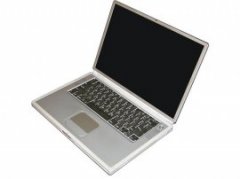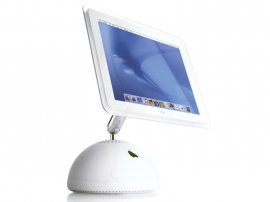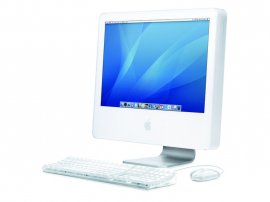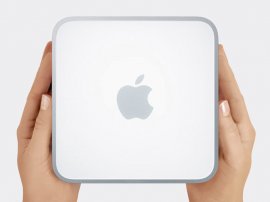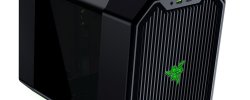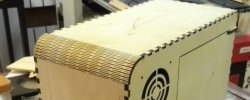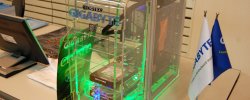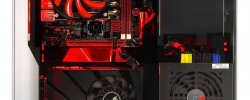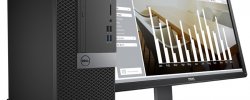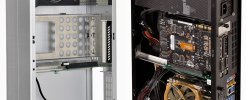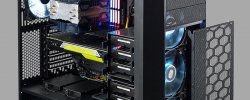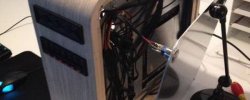How To Make A Transparent Computer Hull
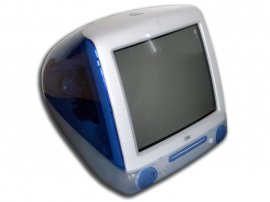 1998-1999: iMac G3 and iBook
1998-1999: iMac G3 and iBook
In 1997, Steve Jobs returned to Apple in 1985. The first major project that the company had undertaken since its return was the iMac computer. 15-inch diagonal monitor and e-stamped transparent shell from color and white plastic. The computer was supplied with a stylish keyboard and arsenic. iMac G3 became the first computer of Apple, designed by the British designer Jonathan Ive.
The computer used the slowest 233-megager power PC 750 G3 at that time and could have had up to 256 MB operational memory. There were small columns and modules in the computer, which allowed the box to start using it to access the Network. I was the first iMac $1,300.
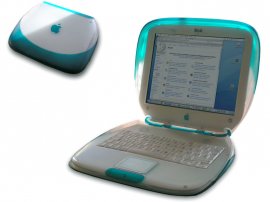
One year later, Apple released a masked laptop of iBook, externally executed in the same round plastic style as iMac.
2000: PowerMac Cube
Apple tried to make a powerful supercompact computer, but in the year 2000 it was more difficult to do so than in 2013 with new Mac Pro. PowerMac Cube was not entirely in the cubic building 20 by 20 by 25 cm. He didn't have an expansion cell, and the audio interface was out of the hull. The base model price was $1,799, and the advanced value sold only at Apple Store stores was $2,299.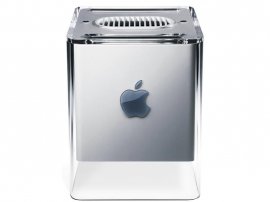 According to many people, Apple was for nothing to do with Cube's "lux" computer-- the market really needed just an iMac without a monitor. As a result, less than a year later, production was terminated.
According to many people, Apple was for nothing to do with Cube's "lux" computer-- the market really needed just an iMac without a monitor. As a result, less than a year later, production was terminated.
2001: PowerBook G4
"Raddy" of the current MacBook, PowerBook G4 was annotated in January 2001. Novinka had a wide-formed distribution of 1152 to 768 points and a titanium hull to a thickness of only 2, 5 cm, a record of limbs for the then laptops. The base model with a 400-megager processor, 128 MB operational memory and a 10-hygabytes hard drive cost $2,599. The oldest one was $3499.
